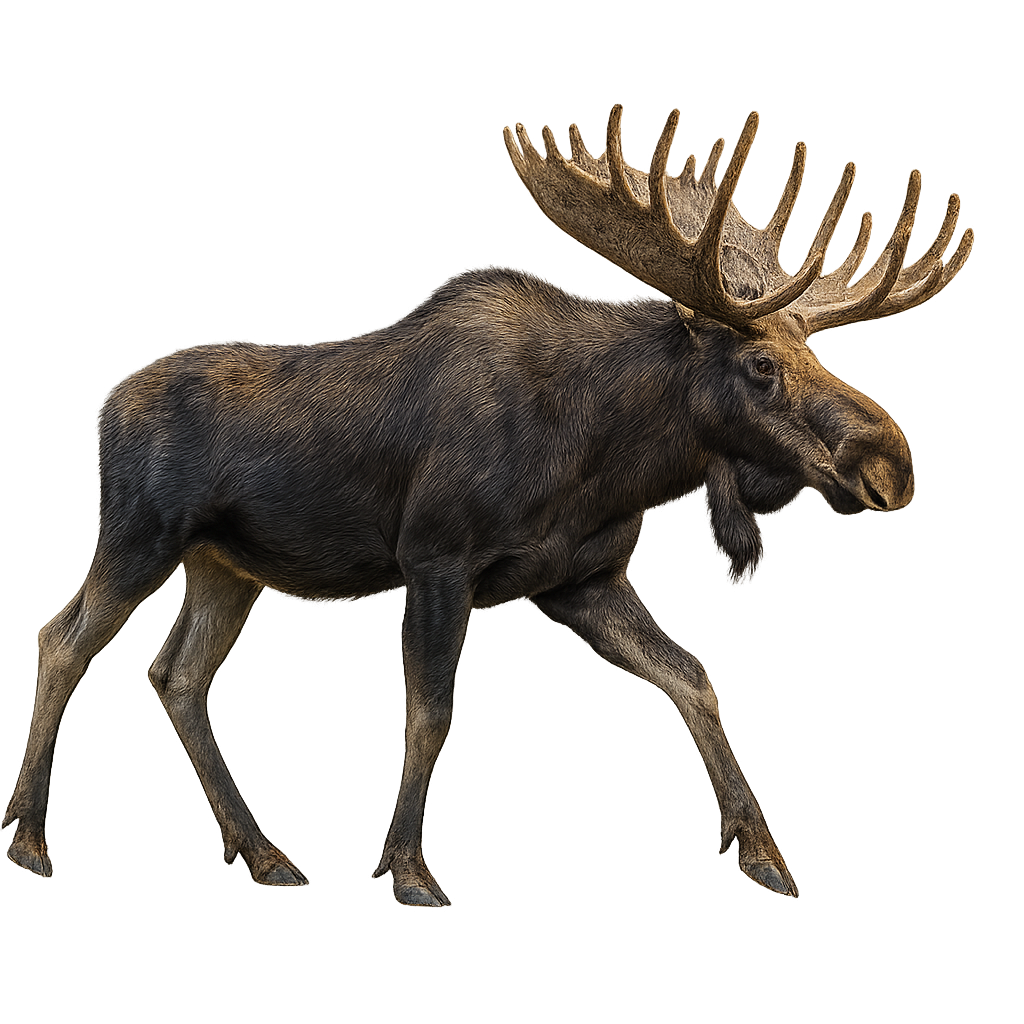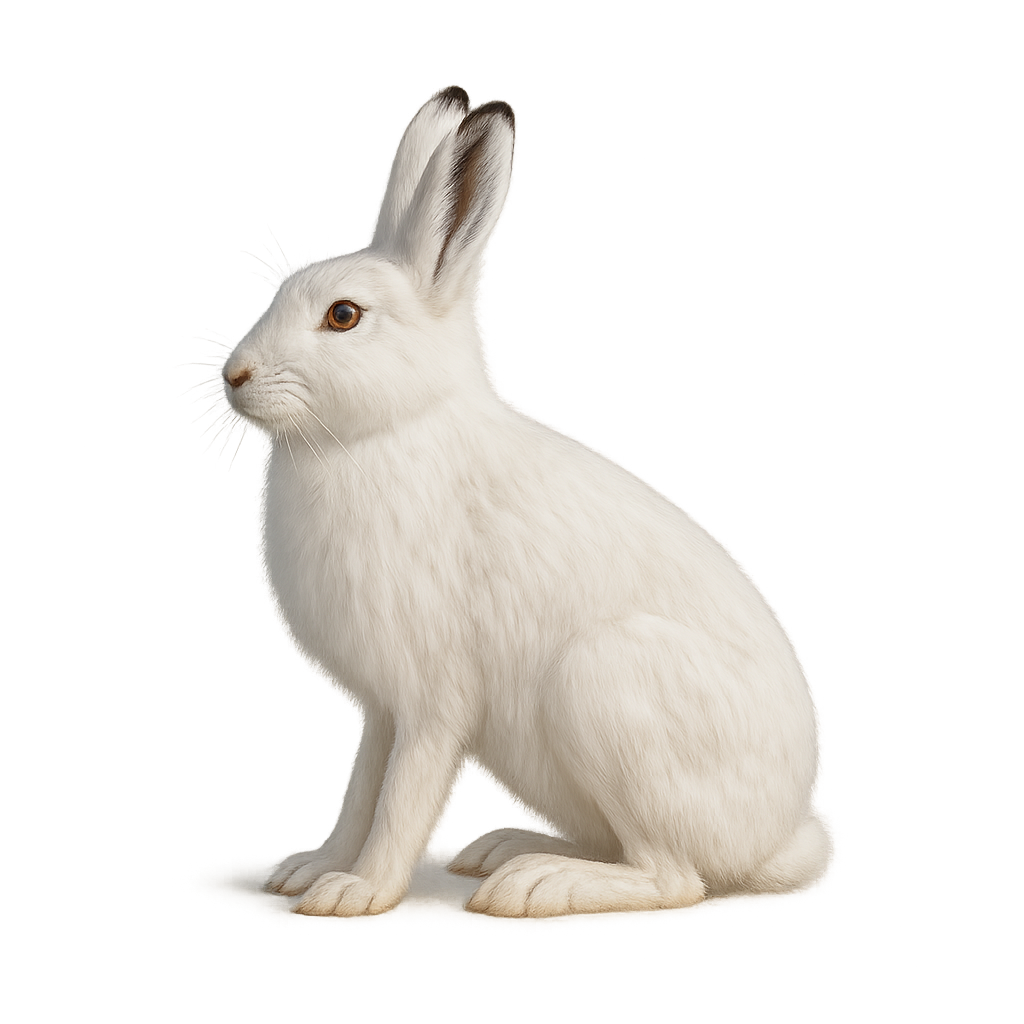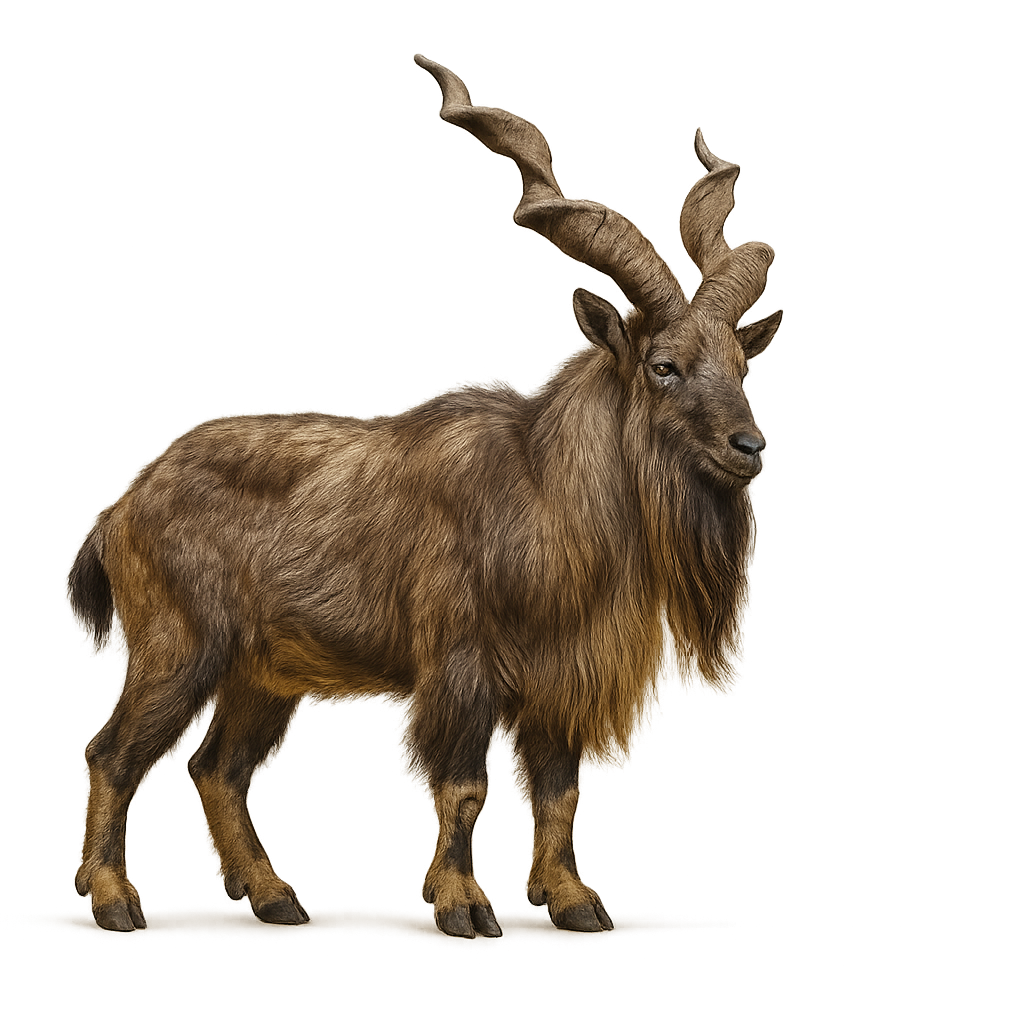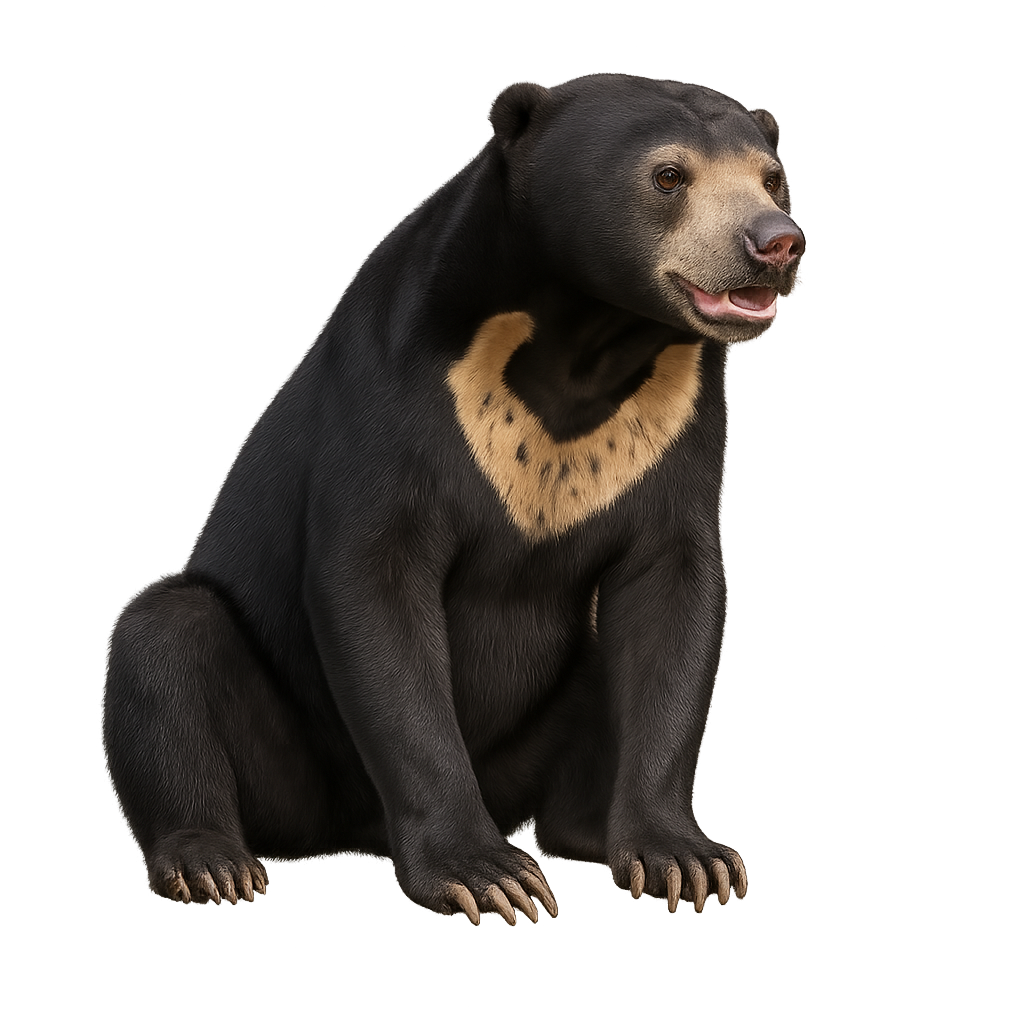Animal Species Profiles:
Mammals, Birds, Reptiles & More
Explore wildlife from around the world with the species profiles on WildlifePhotographer. Mammals, birds, reptiles… For each species, you’ll find key information such as habitat, observation periods, distribution, and photography tips. Want more details and advanced features? Download the full app for the complete experience.
Muskox
Ovibos moschatus
The Musk Ox is a large herbivorous mammal, easily recognized by its thick brown fur that protects it from the freezing temperatures of the Arctic. This robust animal, with curved horns and a massive build, primarily inhabits the cold regions of Canada, Greenland, Alaska, and Norway. The Musk Ox feeds on woody plants, lichens, and mosses, which it finds in Arctic and sub-Arctic zones. It forms social groups to protect itself from predators and extreme weather conditions.
Adapted to harsh environments, the Musk Ox is an extremely resilient animal, capable of surviving extremely low temperatures due to its dense coat. However, it remains vulnerable to climate change, habitat loss, and human disturbances, which threaten its population.
Mountain Goat
Oreamnos americanus
The Mountain Goat is a robust mammal well adapted to life in the rugged mountains and rocky terrain of North America. This herbivore is easily recognizable by its white or cream-colored coat, which helps it blend into the snow and rocks. Its legs are specially adapted for climbing, with wide and rigid hooves that provide excellent traction on steep slopes.
The Mountain Goat feeds primarily on herbaceous plants, lichens, and moss, which it finds in rocky slopes and alpine meadows. While it is often perceived as a hardy species, it faces threats from habitat loss, poaching, and diseases transmitted by domestic animals. The population of Mountain Goats is closely monitored, and efforts are underway to protect this iconic species of the mountains.
Moose
Alces alces
The Moose is a large herbivorous mammal, the largest member of the deer family, easily recognizable by its imposing silhouette and large ears. It can stand up to 2 meters tall at the withers, with a weight ranging from 300 to 700 kg, with males typically being larger than females. Its fur is thick, usually dark brown or black, and it has long legs that allow it to move easily through forested or marshy areas. The Moose is primarily found in the boreal forests of Europe, Asia, and North America, where it mainly feeds on leaves, bark, branches, and aquatic plants. It is a solitary animal, preferring quiet areas and is mainly active at dusk and night. During the breeding season, males emit powerful calls to attract females and mark their territory. While the species is not currently endangered, it faces threats such as habitat loss, vehicle collisions, and hunting.
Masai Giraffe
Giraffa tippelskirchi
The Maasai Giraffe is a subspecies of giraffe, easily recognized by its irregular and jagged patches, which differ from those of other subspecies. It typically stands between 4.3 and 4.8 meters tall, with males being larger and heavier than females, weighing between 800 and 1,200 kg. Its coat is light beige to light brown, with irregularly shaped leaf-like patches that are bordered in white. These patches are smaller and more scattered than those of the Southern Giraffe. The Maasai Giraffe primarily inhabits the savannas and grasslands of East Africa, particularly in Kenya and Tanzania. It is herbivorous, feeding mainly on acacia leaves and other tall vegetation, which it reaches with its long neck and prehensile tongue. Although the Maasai Giraffe is currently considered less threatened than other giraffe subspecies, it faces threats such as habitat loss and poaching.
Mountain Hare
Lepus timidus
The Mountain Hare is a small mammal, easily recognizable for its ability to change color according to the seasons. In winter, its coat becomes completely white, allowing it to blend perfectly into the snow, while in summer, it has a brown or gray coat, with darker shades on its back and lighter hues on its belly. It measures about 50 to 70 cm in length, with a tail of 6 to 8 cm, and weighs between 2 and 4 kg. The Mountain Hare is primarily found in the cold, mountainous regions of Northern Europe, Northern Asia, and certain mountainous areas of North America. It is a herbivorous animal that feeds on a variety of vegetation, primarily grasses, roots, fruits, and young shoots. It is mainly active at dusk and during the night, hiding in bushes or under grasses during the day. Although it is quite resilient to cold temperatures, the species is threatened by habitat loss and climate changes affecting its natural environment.
Maned Wolf
Chrysocyon brachyurus
The Maned Wolf is a large carnivore native to South America, particularly known for its distinctive mane that surrounds its neck, giving the animal a majestic and unique appearance. It measures about 1 meter in body length, with a tail of about 30 to 40 cm, and weighs between 20 and 30 kg. Its coat is generally orange or golden in color, with darker shades on the head and legs, and a dark mane extending along its neck and throat. The Maned Wolf primarily inhabits the prairies and open savannas of Brazil, especially in the Pantanal region. It is an opportunistic predator, mainly feeding on small mammals, birds, and reptiles, but it can also consume fruits and plants. This wolf is an excellent runner and uses its speed to capture prey. Although the Maned Wolf is little known, it is an endangered species due to habitat loss, cattle trampling of land, and diseases. Conservation efforts are in place to protect this unique species.
Markhor
Capra falconeri
The Markhor is a wild goat species native to the mountains of Central Asia, primarily found in Afghanistan, Pakistan, Tajikistan, and India. It stands about 1.2 to 1.5 meters tall at the shoulder, with a body length of 1.5 to 2 meters, and weighs between 30 and 115 kg, with males generally being larger and more massive than females. The Markhor is famous for its impressive spiral horns, which can grow up to 1.5 meters long in adult males. Its coat is thick, typically brown or gray, with lighter fur on the belly and legs. It lives in mountainous and rocky areas, often at altitudes between 1,000 and 3,000 meters. The Markhor is an herbivore, feeding on mountain vegetation, including shrubs, leaves, and grasses. Although it is an agile climber and skilled at navigating steep terrain, it is also preyed upon by large predators such as snow leopards. The Markhor is classified as vulnerable due to overhunting, habitat loss, and human disturbances, but conservation efforts have helped stabilize its population in some areas.
Moose
Alces alces
The Moose is a large deer found primarily in North America, particularly in coniferous forests and wetlands. It can reach up to 2 meters in height at the withers and weigh between 350 and 600 kg. Males are distinguished by their large antler racks, which can reach a span of 1.8 meters. Their coat is typically dark brown to black, with a lighter belly and a small mane of hair under the neck. The Moose is a herbivore, feeding mainly on leaves, branches, bark, fruits, and aquatic plants. It is an excellent swimmer and spends a great deal of its time feeding in lakes and rivers. While its population remains stable, it is threatened by habitat loss and hunting.
Malay bear
Helarctos malayanus
The Malayan bear is the smallest of the bears, characterized by its small size, black fur, and a light-colored fur collar around its neck. It primarily lives in the tropical forests of Southeast Asia, where it feeds on fruits, honey, and insects. This animal is rather discreet, nocturnal, and semi-arboreal, often seen in trees looking for food. Although protected, the Malayan bear faces serious threats such as deforestation and illegal hunting.
Minke whale
Balaenoptera acutorostrata
The Minke Whale is a medium-sized cetacean, a member of the baleen whale family, found in the Atlantic, Pacific, and Southern Oceans. It measures between 7 and 10 meters in length and weighs between 5 and 10 tons. Its body is streamlined, and its color ranges from gray-blue to black, with a lighter belly. This whale primarily feeds on plankton, small fish, and crustaceans, which it filters by swimming with its mouth open. It is an excellent swimmer and can dive to impressive depths for several minutes. While its population remains stable, the Minke Whale is threatened by ocean pollution, ship collisions, and habitat loss due to human impact on marine ecosystems.
Meerkat
Suricata suricatta
The Meerkat is a small carnivorous mammal primarily found in the dry and desert regions of southern Africa, notably in South Africa, Botswana, and Namibia. It typically measures about 25 to 35 cm in length, with a tail of 20 to 25 cm, and weighs between 0.6 and 1 kg. Its fur is gray-brown, with lighter spots on the belly, and it has a small head and large black eyes. The Meerkat is especially known for its characteristic posture, standing on its hind legs to survey its surroundings. It lives in organized social groups, called "clans," and primarily feeds on insects, small reptiles, and fruits. While its population remains relatively stable, the Meerkat is threatened by habitat loss and human disturbances.












